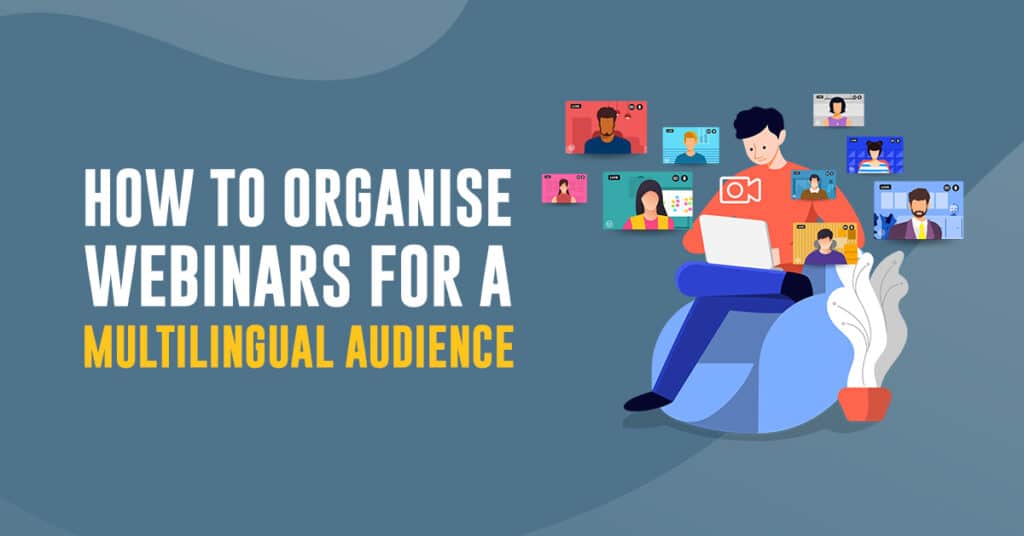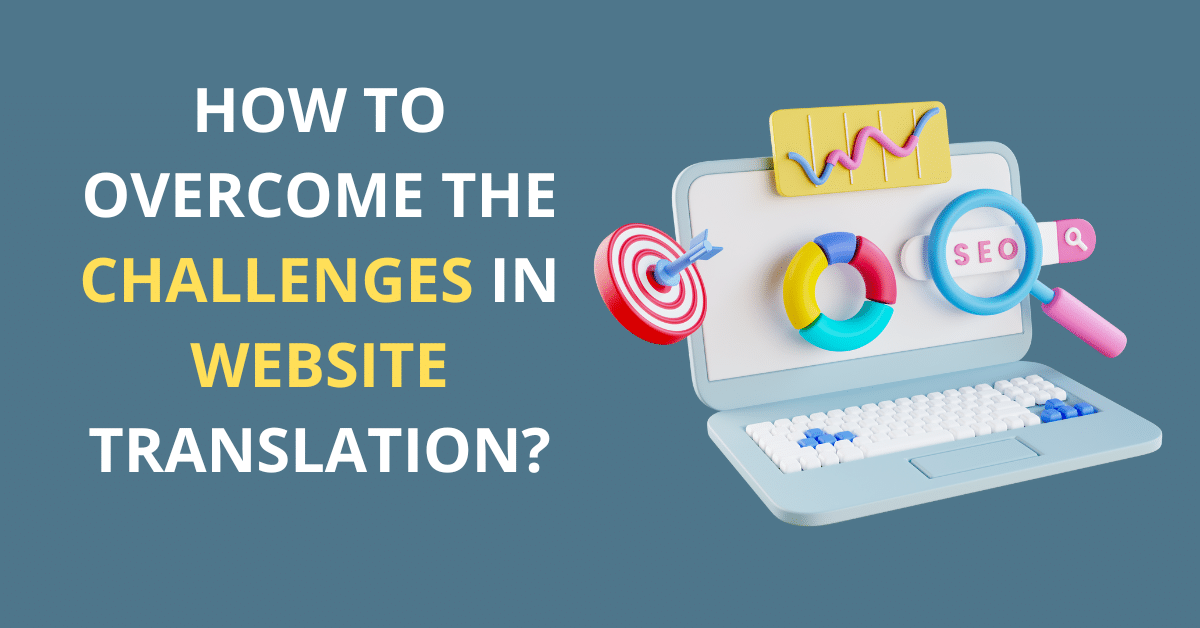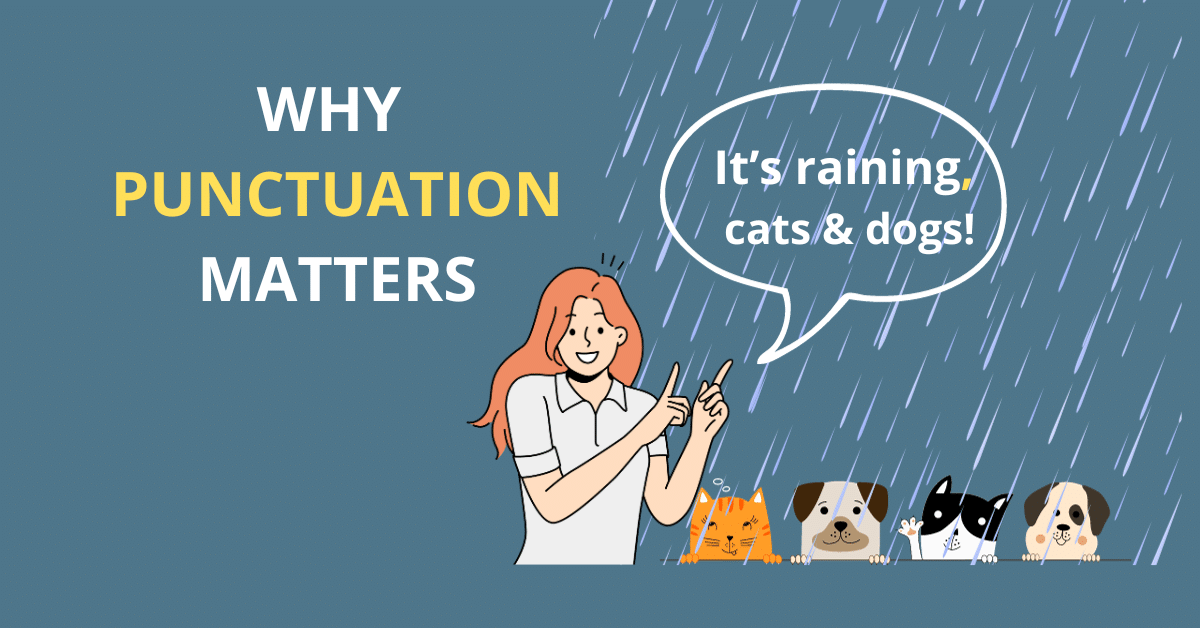If you want to boost your company’s reputation, or generate more leads, organising a webinar in multiple languages is certainly one of the more challenging but also beneficial ways to do so. If the subject matter is interesting enough, you’ll have an opportunity to attract the attention of potential customers.
In pre-COVID times, you would have to choose a venue that would suit all your invitees. However, these days you won’t have to consider this, as webinars have taken over. Although organising a webinar in multiple languages carries its own set of challenges, it doesn’t mean that you should abandon the idea. In a moment, we’ll share our tips on how to organise a multilingual webinar.
Why are Webinars Popular?
When the COVID-19 pandemic struck, we had to adjust our lives to a new reality. In-person seminars had to be put on hold because of the risk of infection with coronavirus for attendees. After the initial shock, webinars (seminars conducted over the internet), have become a popular way to share useful information or insights relevant to a particular niche. Even post-COVID, webinars are likely to remain popular.
With webinars, neither the attendees nor a lecturer have to commute to a venue – all they need is an internet connection. The degree to which the audience can interact with the presenters varies – usually, the attendees can ask questions through a live chat, though this largely depends on the organisers.
What is the purpose of a webinar? The primary reason why webinars are hosted is to share information, newly collected data, or surprising findings.
However, organisations that host webinars also do so because they want to be perceived as an authority in their particular niche. By boosting a company’s reputation, webinars can also generate more leads, as customers will be more likely to trust a brand that is reliable and innovative.
Why Is Organising a Webinar in Multiple Languages a Challenge?
If you are convinced that hosting a webinar could be beneficial to your company, you should be aware of the many challenges posed by the organisation of such an event. There are numerous elements that have to be just right in order for your online seminar to be successful.
Apart from the necessary equipment, such as a decent-quality microphone to ensure that attendees can understand what’s being said, you’ll also need webinar software. However, if you are ambitious, and want to host a multilingual webinar, you’ll also need to adjust the content of the presentation accordingly. In a moment, we’ll share our tips to help you ensure that the entire process goes smoothly.
The Choice of the Webinar Platform Matters
Before you start inviting guests to your webinar, you’ll need to have webinar platform software suitable to your needs. The first factor that you should consider is the number of guests who can watch and listen to your stream at the same time.
A useful way to learn about the number of attendees before the event takes place is to send out invitations with a request to confirm attendance, perhaps even with a short registration process. As you would probably expect, webinar platforms that allow the guest count to be higher also cost more. But that’s not the only factor you should consider.
As we have mentioned before, one of the goals of organisations hosting webinars is to become an authority in their prospective field. That’s why most of the webinar platforms have in-built social media integration to help you reach an even wider audience.
It is just as important for such software to be easy to use for everyone who wishes to attend your webinar. Even though in 2021 widespread digital literacy can be assumed, some of your audience members might not be internet-savvy enough to navigate around more sophisticated webinar platforms. It doesn’t mean that simplicity should be your top priority, but it’s important to consider the ability of your audience to use more complex online tools.
Another aspect that you should focus on is interactivity. Do you want audience members to be able to ask questions? If the answer is yes, you should also consider the form – do you want it to be done through a live chat, or perhaps in some other way?
At the same time, we shouldn’t forget that mobile users constitute a pretty sizeable proportion of all internet users. If you don’t want to lose a significant number of viewers, you should consider choosing a webinar platform that works well on mobile devices.
Last but not least when choosing webinar software, you should check whether it allows you to record the webinar stream. No matter what time the webinar starts, not everyone interested in the subject will be able to watch it. People have multiple responsibilities, and even if it’s in the evening, not everyone has a 9-5 job.
On top of that, in the case of a multilingual webinar your audience will not be limited to a single time zone. That’s why it is useful to record the stream and share it on social media later on, so that anyone can watch it at a time that suits them. Most of the webinar apps come with this feature, but be sure to check before you choose one or you might be disappointed later on.
Choose the Languages
Even if you know what you want to present, you need to consider first which languages you want your webinar to be translated into. You could, of course, just check which languages have the most speakers, but this is not necessarily the best approach.
A better idea is to send out a short survey to everyone who has registered to attend, asking them to indicate the languages they would be willing to listen to at your webinar. When you receive the responses, you’ll have a general picture of the language preferences of your audience.
Adjust the Content Accordingly
Even if you hire top-grade translators to support your team during a multilingual webinar, you might inadvertently put them in a tight spot. Regardless of the topic of your presentation, you might provide examples or refer to facts that are familiar only to people with the same cultural background.
That’s why you should brief the translators beforehand about what you intend to say during the webinar. In some cases it might even be necessary to adjust the content of the presentation, as explaining some concepts to foreign audiences could be simply too difficult if there is no succinct way to render certain phrases in all the necessary languages.
The use of slang or colourful descriptions might have to be dropped in favour of a more straightforward approach to explaining ideas. Your presentation may have to sacrifice the odd joke or idiom, but in the end it will be worth it as it will improve the quality of communication with foreign audience members.
Hire Experienced Translators
Translators need to have a considerable knowledge of the culture and an excellent grasp of a given language. This doesn’t mean that just any translator will be a perfect match for your multilingual webinar. If the topic of your presentation requires a deep understanding of difficult concepts, it would be advisable to hire a professional translator already versed in the subject matter.
You shouldn’t forget that simultaneous translation is an extremely tiring process, and the translator will need breaks every 30 minutes or so. If your webinar is going to be lengthy, you might even consider hiring two translators to cope with each language. Depending on your preferences, you might be interested in our voice over and subtitling services.
Conclusion
Although many people would prefer to attend in-person seminars, thanks to online webinars we don’t have to stop the flow of ideas whilst waiting for face-to-face interaction to start again.
If your organisation wants to share new insights with the public, you could even decide to host a webinar in multiple languages. In this way, you could reach a much wider audience, and consequently reap greater benefits. Although organising a webinar in multiple languages is not easy and requires a fair bit of preparation, you’ll find out that the process is less challenging if you remember the tips we’ve included in this article. We encourage you also to explore our translation services to see how we can help you today.




